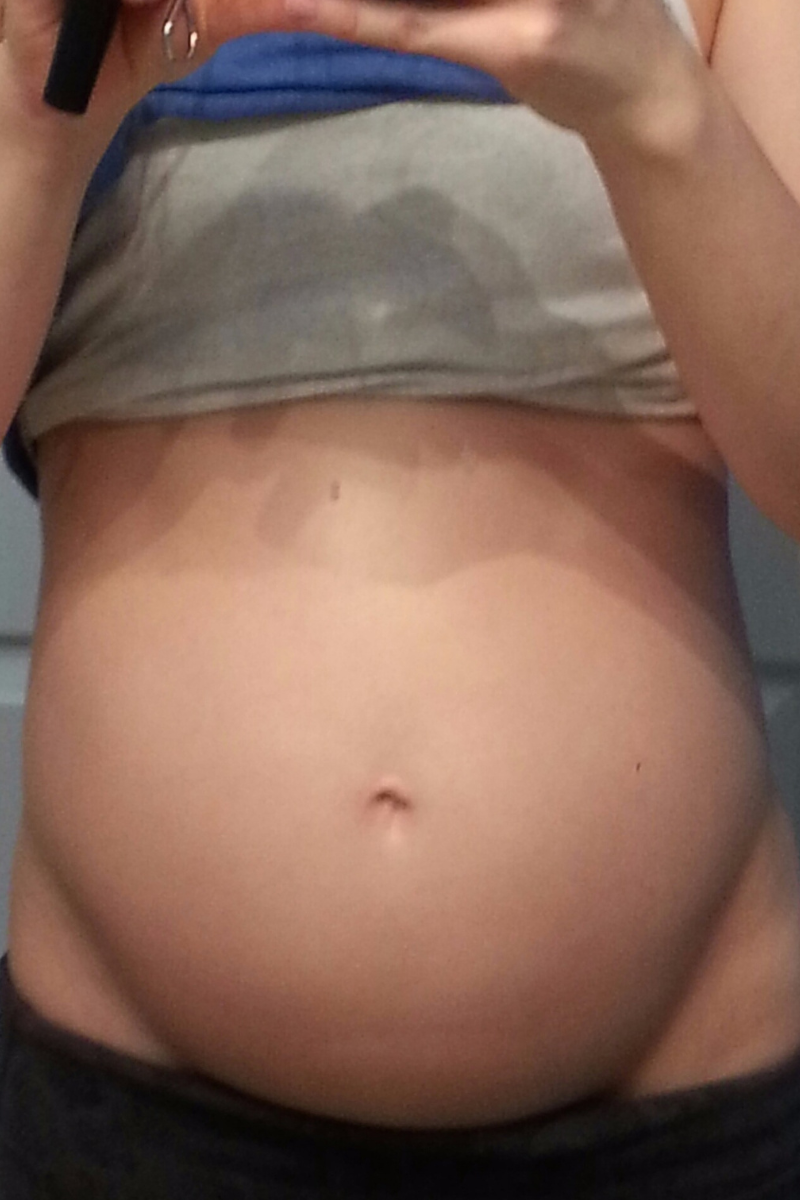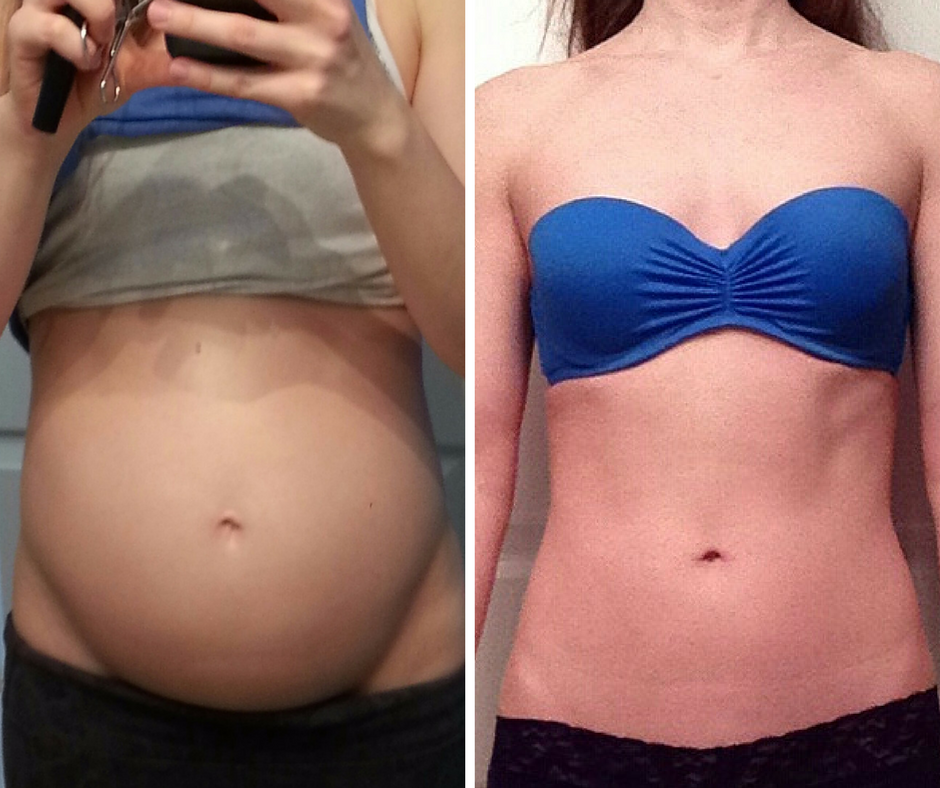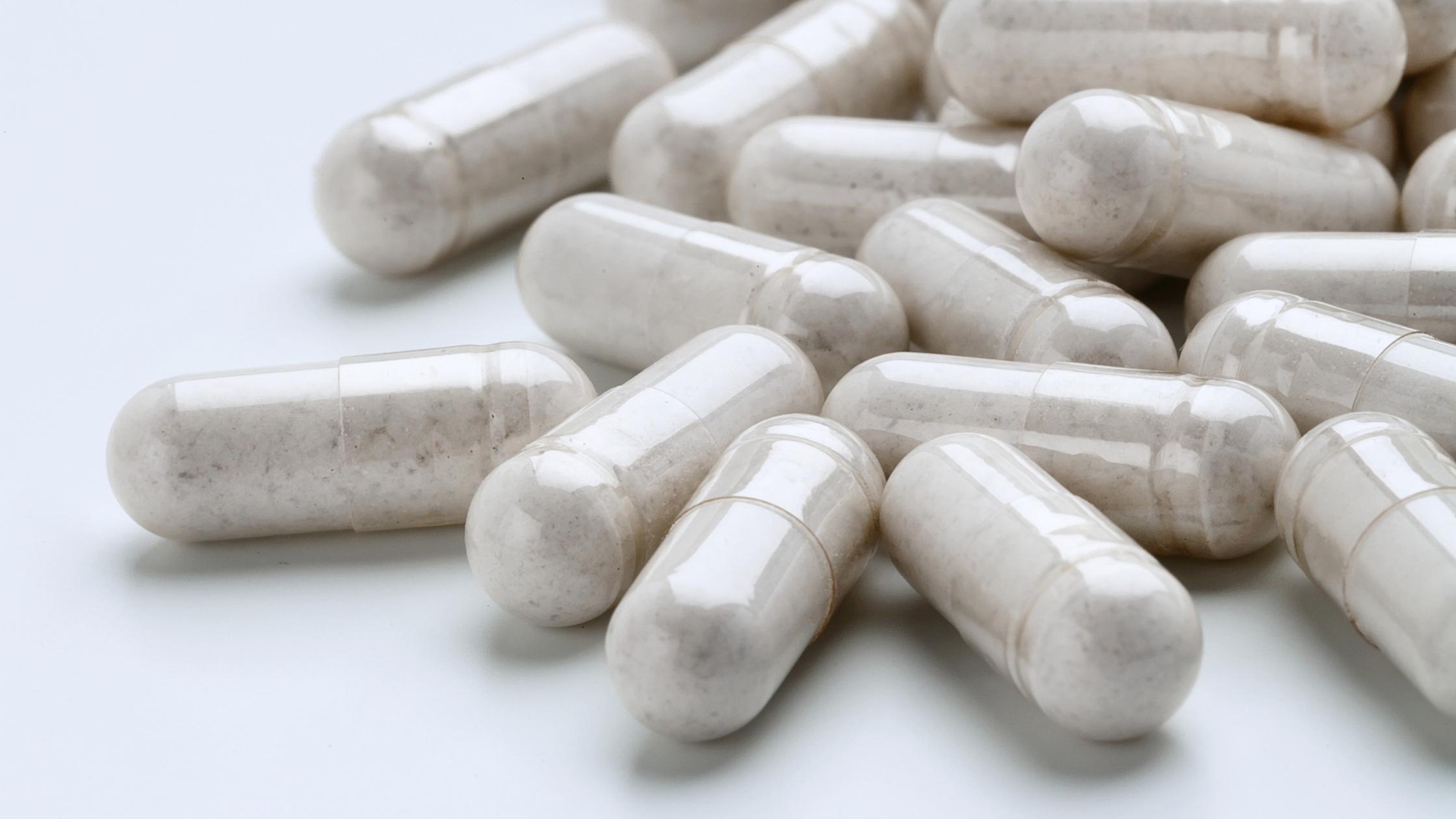One of the first things I look at when working with someone who has IBS or IBS-like symptoms is the state of the gut microbiome. Dysbiosis, a term used to describe an imbalanced gut microbiome, is one of the most common factors in IBS symptoms developing. Dysbiosis can look like one or a combination of: too little good bacteria, yeast overgrowth, small intestinal bacterial overgrowth (SIBO) or infection by bacteria or parasite. I’ve personally dealt with all of these except parasite infection. I’ve written about SIBO now let’s dive a little deeper into yeast overgrowth…or what I like to call The Yeasty Beasties. Diet is an important role in getting rid of a Candida overgrowth and I’ll cover that in detail.
It’s important to start by saying yeast in the gut microbiome isn’t a bad thing. Everyone hates on the yeast but yeast organisms are an important player in a healthy gut microbiome. They become a problem when they grow in numbers, “overtake” the microbiome and start moving into places they shouldn’t be. Like good gut bacteria, there are several yeast organisms within the body but the most commonly known in the natural blogosphere is Candida Albicans. Throughout this post I will use the terms Candida and yeast interchangeably.
How Candida Overgrowth Can Occur
Candida is a sneaky housemate that will take any space that becomes free in the gut microbiome. Yeast overgrowth is more common in those who have had to have recurring antibiotic rounds (and haven’t taken a probiotic alongside them), binge drink alcohol, take certain medications like birth control or eat a diet high in refined sugar or carbohydrates because of the negative effect they have on good gut bacteria. Good gut bacteria dies off, yeasty beasties move in.
- Constipation, diarrhea or a mix of both
- Bloating
- Gas
- Brain fog
- Low energy
- Joint pain
- Stuffy nose
- Headaches
- Sensitivity to smells (i.e. cigarettes or perfume)
- Vaginal yeast infections
- Thrush
- Rashes/itchy skin
- Recurring bladder infections
- Tinnitus (ringing in ears)
- Anxiety or mood symptoms
- Seborrhoea
Potential Effects of Candida Overgrowth
When yeast oversteps its boundaries the good ‘ol immune system will kick in to try and stop it, releasing inflammatory compounds in the process. Over time this inflammatory response will break down the lining of the intestine, resulting in a “leaky gut” and increased food sensitivities. Deficiencies of magnesium, vitamin B6 and Essential Fatty Acids are common with yeast overgrowth. The Yeasty Beasties themselves release compounds like aldehyde that are not so great for the body.
When it comes to dysbiosis, I am a HUGE proponent of testing. It is a big expense upfront but it really saves so much time, money and frustration over the long run. And don’t assume by the list of symptoms that you have yeast overgrowth: these symptoms are also common in SIBO and bacterial or parasite infection. Testing options include a stool test like the Comprehensive Digestive Stool Analysis or Microbial Stool Analysis or a urine Organic Acids test. Stool tests can be tricky for yeast- not every stool will contain organisms that are in the gut- but are still very helpful in diagnosing yeast overgrowth (and other forms of dysbiosis!).
Ways to NOT test: blood tests, the coating on your tongue, spitting into a glass and seeing if your saliva leaves a trail (seriously…)- these are in no way accurate. A quick note on the blood test: an IgG sensitivity test that shows sensitivity to Candida is not a diagnosis of overgrowth. It just means that your immune system has been exposed to it.
Getting Rid of the Yeasty Beasties
Getting rid of the Yeasty Beasties takes a multifaceted approach: herbal antimicrobials (oregano, horopito, caprylic acid), prescription antifungals like Nystatin, a nutrition protocol and then supplements like glutamine, zinc carnosine, probiotics and Vitamin A to restore both the integrity of the gut lining and good bacteria. Not a complete list as every person is unique but a general outline.
The Candida Diet: what to eat!
There is SO much conflicting information out there on what to eat when you have yeast overgrowth and so much of it is needlessly restrictive. I am not a fan of super restrictive elimination diets, when unwarranted, as they can cause emotional distress, may lead to binge eating and create an unhealthy relationship with food. That said, every person is unique in what they can and can’t tolerate so I start with the basics:
Protein
Not just for gym buffs, you need sufficient protein intake to have a strong and healthy immune system, balanced hormones and stable blood sugar (no more energy slumps!). Protein intake should be roughly .8 to 1 grams of protein per pound of bodyweight. To simplify that: aim for four palm-sized servings of protein or about ¼ of a dinner plate. Quality is key when it comes to protein: wild-caught fish, antibiotic-free poultry, lean grass-fed meats and organic eggs. Protein powders make it easy to bump up your protein intake but again, quality is key! Look for a high-quality plant-based protein powder without sugar, sucralose or xylitol. My favourite right now is Genuine Health Vegan Protein. It seems to be well tolerated by many a sensitive tummy.
Incorporate a variety of healthy fats
Healthy fats are an important part of a balanced diet but there are certain fats to focus on specifically while you are addressing Candida overgrowth:
Essential fatty acids, specifically DHA & EPA: Candida depletes EFA’s. Consume oily fish (mackerel, salmon, sardines) several times per week to increase your EPA and DHA intake. Try my Salmon Cakes with Herbed Dijon Sauce for a delicious option. For a vegan option, seaweed and algae are a good source of EPA & DHA. Nori is the seaweed used to make sushi. Seaweed is a tasty, crispy snack. Chlorella and spirulina can be added to smoothies or juices.
Bump up your (low FODMAP) veggie intake
If you’ve Googled “Candida diet” it’s likely that you’ve read that you must avoid all carbohydrates including starchy vegetables like carrots, yams and beets. This is a HUGE misconception about candida overgrowth. Let me clear this one up: an excess amount of refined carbohydrates (i.e. white flour, white sugar, highly processed convenience foods, sugary beverages like soda pop) can contribute to an unfavourable gut microbiome (including yeast overgrowth) but it is perfectly fine to incorporate some starchy fibres so long as the rest of the diet is balanced with protein and fat. Read: you can’t get away with eating nothing but beets and carrots, hah!
Another reason to incorporate as many vegetables as you can tolerate is that they are an important food source for good gut bacteria. You’ve got to feed the good guys.
Every gut tolerates vegetables (and all fibres for that matter) differently. For example, many people with IBS have a hard time with cruciferous vegetables like broccoli, kale and cauliflower. It might take some trial and error to find which ones feel best for you. Many people with a gut microbiome imbalance will tolerate low FODMAP vegetables best. FODMAP is an acronym for types of carbohydrate molecules that cause digestive distress in some people. Low FODMAP vegetables include carrot, celery, eggplant, endive, bell pepper, parsnip, pumpkin, tomato, turnip and zucchini.
A general place to start with is with this dinner plate breakdown: ½ leafy greens & low FODMAP veggies, ¼ protein, ¼ starchy vegetable and good ‘ol schlop of healthy fat like my Lemon Dill Dressing with Capers. If this doesn’t satiate your hunger bump the ratios up to ⅓ each protein, veggies and starch.





+ show Comments
- Hide Comments
add a comment